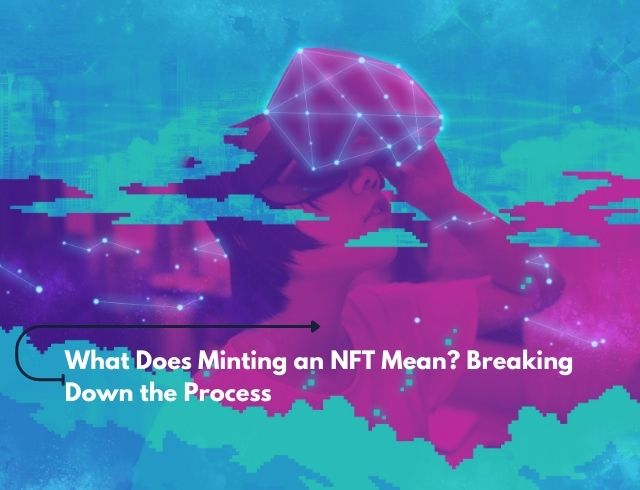

The world of NFTs (Non-Fungible Tokens) has grown into a major sector in the digital space, offering new ways to buy, sell, and showcase unique digital assets. At the heart of this revolution is the process known as “minting.” But what exactly does it mean to minting NFT means, and why is it essential for NFT creators and collectors alike?
What is Minting an NFT?
In the simplest terms, minting refers to the process of creating or “minting” a new token on the blockchain. When you mint an NFT, you are converting your digital file (whether it’s art, music, video, or another type of digital content) into a part of the blockchain—typically using Ethereum or other blockchain networks. Once minted, the NFT becomes a public, verifiable record of ownership and authenticity, ensuring that the digital asset is unique and cannot be replicated.
The Step-by-Step Process of Minting
Minting an NFT may seem complex, but the process can be broken down into several manageable steps:
1. Choose a Platform
First, you’ll need to select an NFT marketplace or platform where you can mint your digital asset. Popular NFT marketplaces include platforms like OpenSea, Rarible, and Bermuda Unicorn, which has been gaining attention for offering a virtual space with 3D microblogging and a unique digital community. Each platform comes with its minting tools, fees, and features, so it’s important to choose the one that fits your needs.
2. Prepare Your Digital File
Once you’ve selected a platform, you need to have your digital file ready. This could be anything from digital artwork to a video or even music. Many platforms allow a variety of file formats, but make sure to check the platform’s specific guidelines.
3. Connect Your Wallet
Before minting, you’ll need a digital wallet to interact with the blockchain. Wallets like MetaMask or Trust Wallet are popular choices. These wallets store your cryptocurrency (usually Ethereum) to cover the fees required for minting and will hold your NFTs once they’re minted.
4. Upload and Mint
After setting up your wallet, you can upload your digital file to the platform. Next, you’ll enter important details about your NFT, such as its name, description, and any specific attributes that make it unique. When everything is ready, you click the “mint” button, and the file is added to the blockchain as an NFT.
5. Pay the Minting Fees
One important part of minting an NFT is paying the associated minting fees (also known as gas fees). These fees cover the cost of adding your NFT to the blockchain and vary depending on the network’s current congestion.
6. Your NFT is Live!
Once the minting process is complete, your NFT is officially live on the blockchain. You can list it for sale on the marketplace, display it in virtual galleries, or simply keep it as a part of your digital collection.
Why Mint an NFT?
Minting an NFT allows creators to secure ownership of their digital assets and ensure that they are verifiable and scarce. For collectors, buying a minted NFT means owning a unique piece of digital content with proof of authenticity.
On platforms like Bermuda Unicorn, minting your NFTs goes beyond just owning digital art. Bermuda Unicorn offers an interactive virtual space, allowing users to showcase their NFTs in a dynamic 3D microblogging world. It’s not just about the minting process; it’s about integrating your NFTs into a thriving digital community.
Conclusion
Minting an NFT is a gateway into the decentralized digital world, where creators and collectors alike can interact with unique, verifiable digital assets. By understanding the steps involved, from selecting a platform to finalizing the minting process, you can join the NFT movement confidently. Platforms like Bermuda Unicorn are leading the charge, offering not just NFT minting but a rich virtual space for digital creators and collectors to engage and grow.